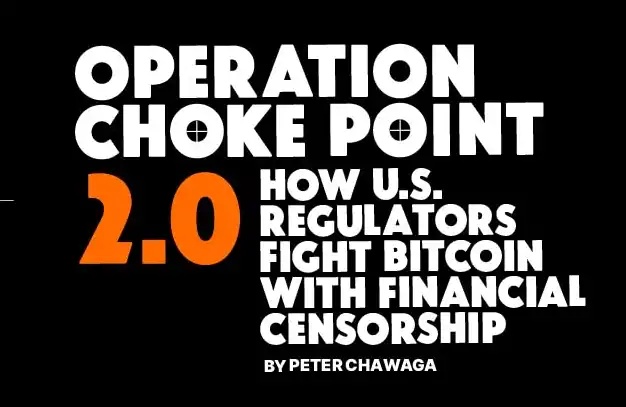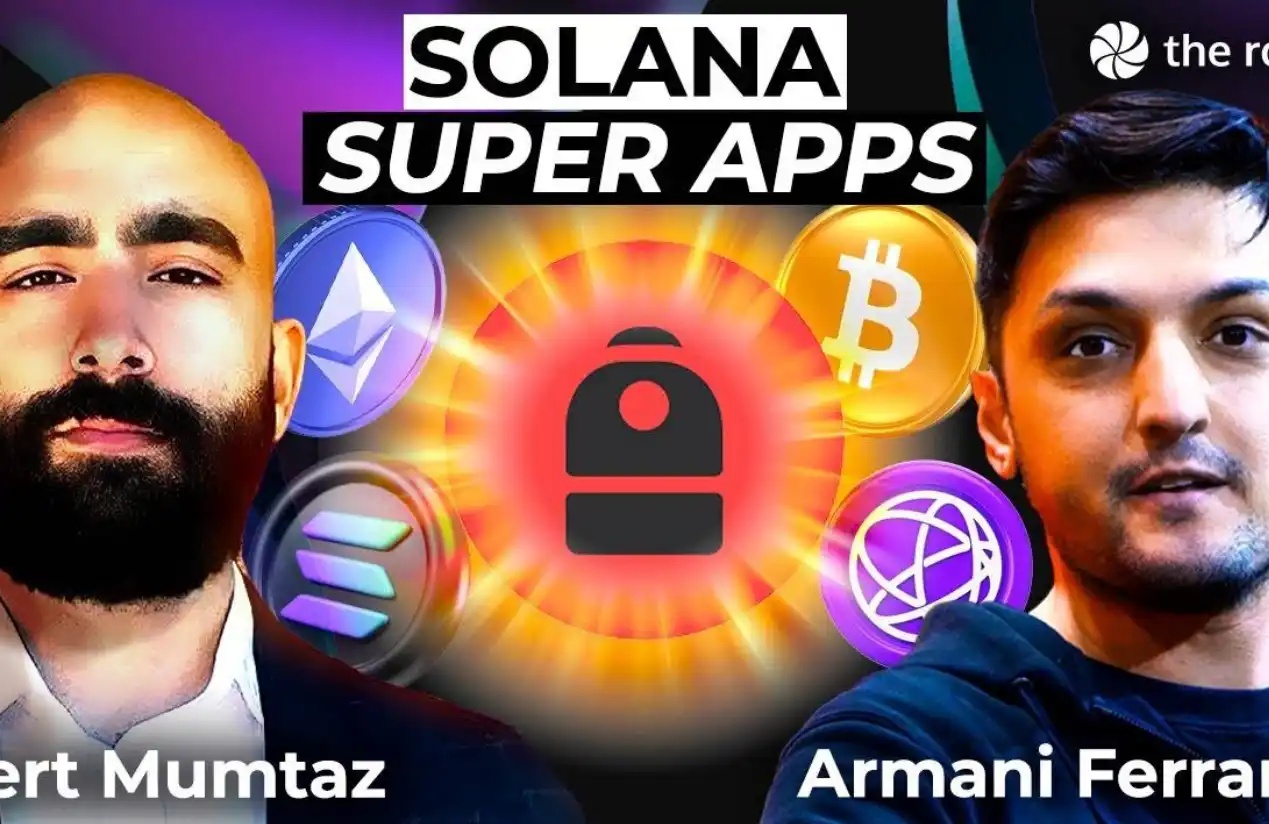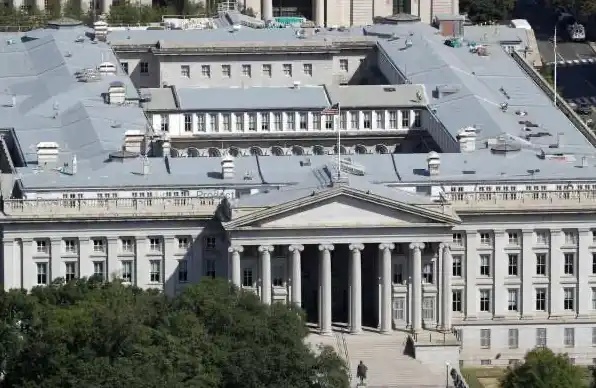Re-re-staking token economy: Don’t take away the community’s “psychological safety cushion”
Original author: 0xTodd, Partner at Nothing Research
Editor's note: This week, Binance's latest new coin mining project Renzo caused controversy and doubts among community members because of its token economics, which only allocated 5% to deposit users. Earlier yesterday, due to insufficient liquidity and large-scale selling, Renzo LRT token ezETH fell sharply to $688 in the short term. Reference reading: "Re-staking first appeared unpegged risk, Renzo token economy caused controversy". Today, Renzo issued a statement saying that it has decided to update the token distribution ratio. Among them, the airdrop distribution ratio will be increased to 12% of the total tokens, and the total supply in the first quarter will increase from 5% to 7% (the additional 2% will be borne by liquidity and the foundation), and the distribution in the second quarter will still be 5% of the total supply. Nothing Research partner 0xTodd expressed his views on X on the recent re-staking projects that only gave Holders a small percentage of airdrops. BlockBeats reprinted the full text as follows:
Recent re-re-staking projects that only gave Holders a small percentage of tokens may be a wrong decision.
For many re-re-staking projects, TVL is actually everything for this project. If TVL is removed, all assumptions: AVS, Hub, Strategy, Liquid restaking token, L2, Restaking layer do not really exist. TVL is the real benefactor.
In the previous DeFi Summer, $YFI distributed 100% of the tokens within a week. Yes, 100%.
TVL, liquidity mining and governance each account for 1/3, which is simple, clear and effective. Everyone knows the story behind. In the following week, $YFI rose 1000x.
It is undeniable that Re-re-staking has its own innovations, but its essence is not much different from Yearn. It does not generate income itself. The essential innovation and core income come from other underlying layers, such as Eigenlayer. After penetrating the surface narrative, they are just some kind of financial aggregator.
What does a project really need? It's simple. It needs a cult-like community, not wavering, temporary miners and airdrop hunters who retreat at any time.
But the important thing is that the two identities of "devout supporters" and "ruthless miners" can be converted into each other. The Schelling point of this transformation lies in the proportion of tokens held by the community.
When you, as a project owner, are surprised to find that the team owns 90% (the so-called thick safety cushion) and the community only owns 10% (the so-called little selling pressure).
- Then please stop complaining about why the community is not active and why the community does not support you.
Mining is very similar to trading:
Everyone who has actually traded cryptocurrency has this feeling. When you are optimistic about a token and buy it, after earning 2x, your faith will begin to become extremely abundant.
Why do Bitcoin Holders always have the most faith? Nonsense, they got $66,000 from $1,100, no FUD can wash them away, the sooner the more abundant.
The mining mentality is also very similar:
- When people use $100,000 to mine $10,000, and then unlock it linearly, this will only urge them to sell it ruthlessly as soon as possible and keep the fruits of victory as soon as possible, which conveys the "unconfidence" of the project party. In addition, investment also has "management bandwidth", and the only answer is to sell a small airdrop as soon as possible, and one more minute is a waste of energy.
-When people use $10,000 to dig up $10,000, they are willing to "slap their thighs" on Twitter, half of which is true regret, and half of which is a little bit of smugness and Versailles, which makes many readers itchy and eager to try and add it to their favorite lists.
-When people use $1,000 to dig up $10,000, they will be willing to mention your project tirelessly and tirelessly at every dinner, every gathering, and every Space, and constantly recommend this project to everyone around them in 1-5 years, and even record it in the family tree "In a certain year and month, I dug up a magic mine." All relatives and friends will shed tears of envy, and then get on the train with tears of FOMO.
Believe me, this is a true story.
Have you discovered it? The above three stories bring three types of people, corresponding to:
- Ruthless airdrop hunters
- Passionate core miners
- Loyal seed users
When you turn the sacred and important "seed user token distribution" into "early participant airdrop", you have actually lost at the starting line.
I don't demand that the current Re-re-staking projects pursue Fair Launch. After all, only a few people have such courage.
However, using only a few chips will never exchange for a loyal cult community, only ruthless digging and selling airdrop hunters.
A small reference: $UNI's airdrop ratio accounts for 15%, and liquidity mining accounts for 2%, which means that 17% was initially given to the community.
I have been a consultant for many projects, and many founders have asked this question, how should the pie chart of token distribution be drawn?
There is no correct answer to this question. It can be conservative, radical, or somewhere in between. Every radical plan is a "social experiment", while a conservative plan is "not seeking merit but seeking to avoid mistakes".
With all due respect, the "seeking no merit but no fault" in the token economy is definitely a kind of "laziness".
Their characteristics are often:
- The team controls as many tokens as possible;
- The community obtains as few tokens as possible (small base, strict lock-up)
- Leave room for backdoors for the treasury and core permissions.
Because in this way, the team and founders can always be given the biggest safety cushion - "I am still the biggest controller of the whole game."
As everyone knows, this will take away the community's safety cushion.
The safety cushion is conserved, there is only one piece. If you take it away, the community will be gone.
Don't bring Web2 things into Crypto. The equity is tightly held, and the founders will naturally maximize their own interests, but they will never be able to make their colleagues work hard for it, let alone loyal users and devout communities. My partner once commented on the reason for a certain failure: it only had angry employees and angry users.
I came to Crypto to change all this.
What exactly is the spirit of Crypto that we talk about all day?
Use the most fair distribution mechanism to unite all those who can be united, because such an incomparable power of unity will achieve a startup speed far exceeding that of Web2 companies, and then defeat Web2.
If you are still obsessed with maximizing the interests of the team and the safety cushion in the hearts of the founders, it is recommended to return to Web2 to start a business.
Original link
Welcome to join the official BlockBeats community:
Telegram Subscription Group: https://t.me/theblockbeats
Telegram Discussion Group: https://t.me/BlockBeats_App
Official Twitter Account: https://twitter.com/BlockBeatsAsia
 Forum
Forum OPRR
OPRR Finance
Finance
 Specials
Specials
 On-chain Eco
On-chain Eco
 Entry
Entry
 Podcasts
Podcasts
 Data
Data


 Summarized by AI
Summarized by AI







